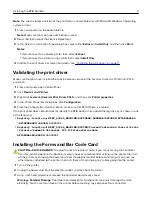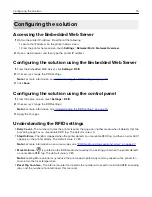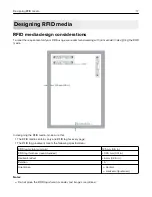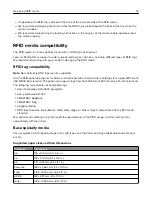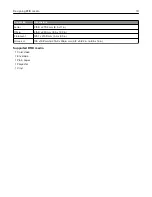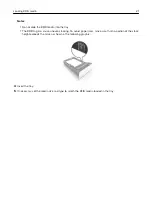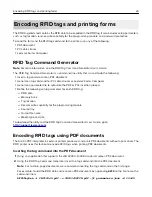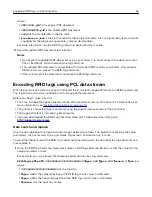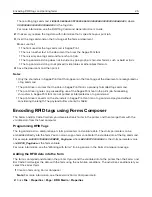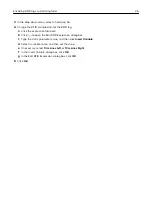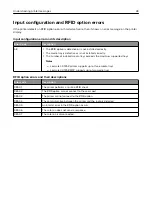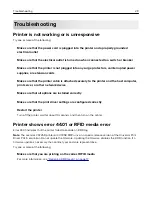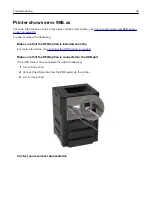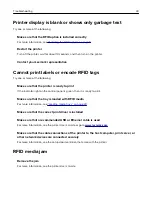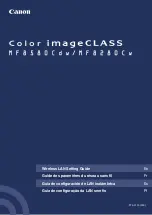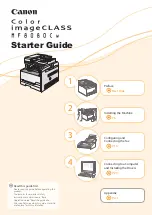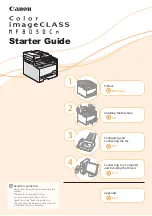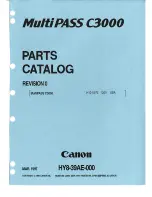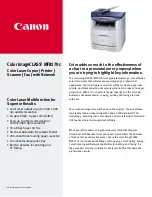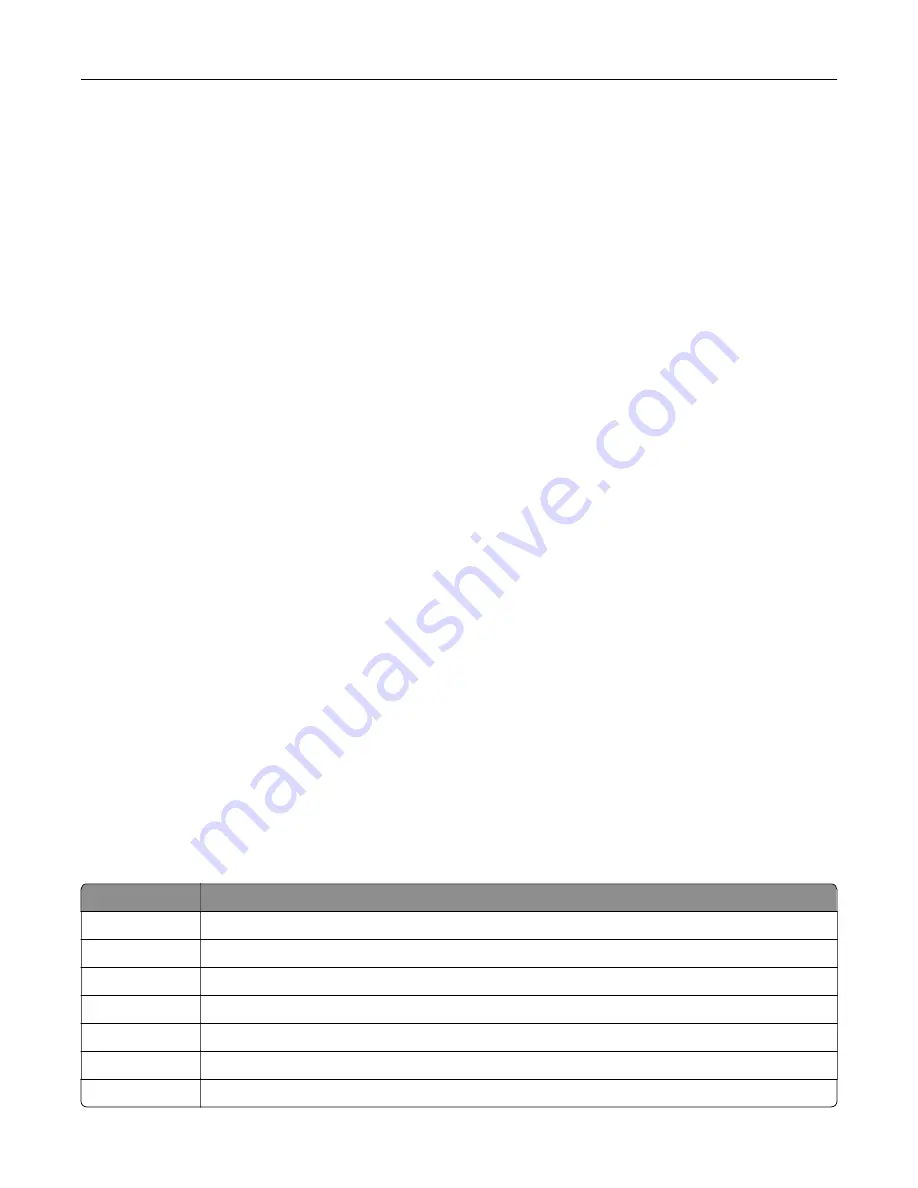
–
If applicable, the RFID tag is placed at the back of the printable side of the RFID media.
–
We recommend designing the form so that the RFID tag is placed toward the back of the tray when the
media is loaded.
–
We recommend preprinting the loading instructions in the margins of the media to help operators load
the media properly.
RFID media compatibility
The RFID media is a base specialty media with an RFID tag attached to it.
Lexmark RFID printers support a wide range of media types and sizes, including different types of RFID tags.
We recommend working with your vendor in designing the RFID media.
RFID tag compatibility
Note:
Near
‑
field
‑
only RFID tags are not supported.
Use the RFID option to program far
‑
field or a combination of far
‑
field and near
‑
field tags that support EPC Gen2
(ISO 18000
‑
6C) standard. The option can program tags from 16 to 496 bits of EPC memory in 16
‑
bit increments.
The following are examples of compatible tags:
•
Alien Technology ALN
‑
9630 Squiglette
•
Avery Dennison AD
‑
227
•
SMARTRAC DogBone
•
SMARTRAC Frog
•
eAgile GullWing
•
RFID tags based on Impinj Monza 4/5/6, Alien Higgs, or other chipsets compatible with the EPC Gen2
standard
We recommend selecting a tag that meets the requirements of the RFID usage, and then testing it for
compatibility with the printer.
Base specialty media
For a complete list of supported paper sizes and types, see the
Paper and Specialty Media Guide
for your
printer.
Supported paper sizes and their dimensions
Paper size
Dimensions
A6
105 x 148 mm (4.1 x 5.8 in.)
A5
148 x 210 mm (8.3 x 5.8 in.)
A4
210 x 297 mm (8.3 x 11.7 in.)
Executive
184.2 x 266.7 mm (7.3 x 10.5 in.)
Folio
215.9 x 330.2 mm (8.5 x 13 in.)
JIS B5
182 x 257 mm (7.2 x 10.1 in.)
Legal
215.9 x 355.6 mm (8.5 x 14 in.)
Designing RFID media
18








